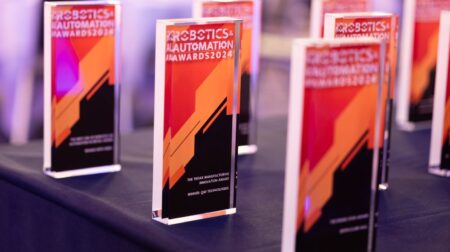Researchers at the Max Planck Institute for Intelligent Systems, working with the Harbin Institute of Technology, have developed a tiny actuated gearbox that can reportedly be used to give very tiny robots more power.
In a paper published in the journal Science Robotics, the researchers describe how the gearbox works and the power improvements observed in several types of tiny robots.
The gearbox comes with a magnet on its end to harness the power in a magnetic field via the gears in the box. The gearbox is able to magnify the power of a robot using features including elastic components and mechanical linkages.
To use the gearbox, the tiny robots must be built in a way to take advantage of them. For example, by combining elastic components with mechanical linkages, spring-like energy can build up pressure and then release it all at once. The mechanical linkages serve to hold the elastic components in place until it is time to release the energy.
To test their idea, the researchers built box-like structures with elastic wall parts that were slowly compressed by the gearbox when it was exposed to a magnetic field. A mechanical linkage held the walls in place to allow the pressure to build. When a certain amount of pressure was reached, the walls were released, pushing the robot in a desired direction.
To create a robot, several of the box-like structures were hooked together. Using this approach, the researchers were able to create winch-type robots able to lift up to 103g, or jumpers that reached 119mm. They also created crawlers and clampers.







